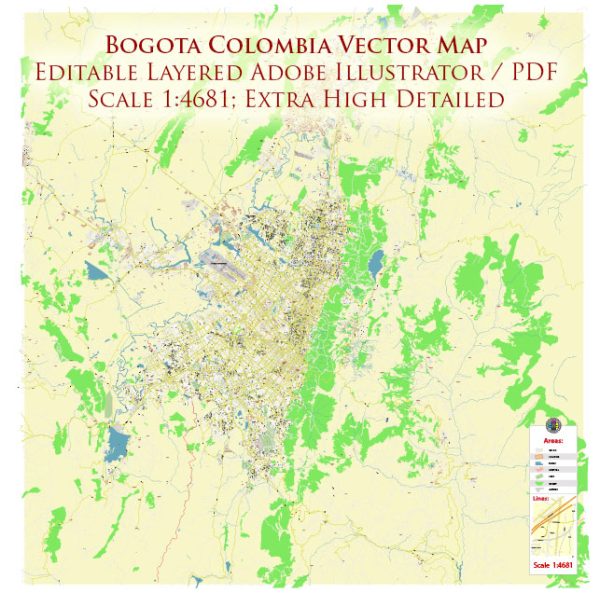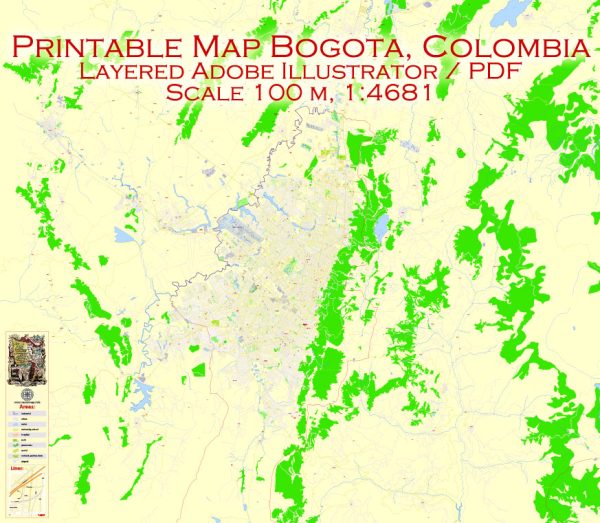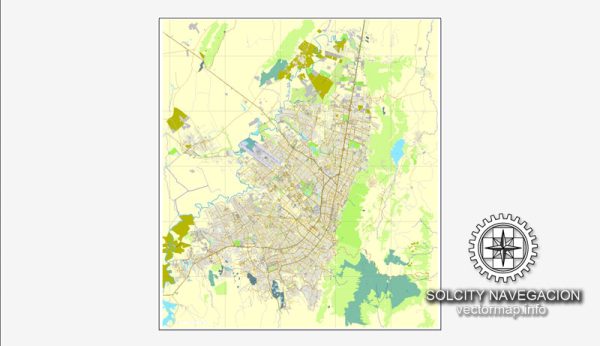Bogotá, the capital city of Colombia, has a rich and complex history that dates back to pre-Columbian times. Here’s a brief overview of its historical development:
- Pre-Columbian Era: Before the arrival of the Spanish conquistadors, the Bogotá region was inhabited by indigenous groups, including the Muisca people. The Muisca were known for their advanced agricultural and goldsmithing techniques. Their capital, Bacatá, was located in what is now Bogotá and was a significant trading and ceremonial center.
- Spanish Conquest: In 1538, Gonzalo Jiménez de Quesada led the Spanish expedition that arrived in the Muisca territory. They conquered the indigenous people and established a settlement known as Santa Fe de Bogotá on August 6, 1538. This event marked the beginning of Spanish colonial rule in the area.
- Colonial Period: During the colonial era, Bogotá served as an administrative and religious center for the Spanish crown. The city grew in importance and became an intellectual hub with the founding of the Royal and Pontifical University of the Rosary in 1653, one of the first universities in the Americas.
- Independence and the Republic: Bogotá played a crucial role in the struggle for independence from Spanish rule. On July 20, 1810, a group of Creole leaders initiated the movement for independence from Spain, known as the Cry of Independence. This event eventually led to the formation of the United Provinces of New Granada in 1810 and, later, the Republic of Gran Colombia in 1819, with Bogotá as its capital.
- 19th and 20th Centuries: Bogotá continued to be an important center of political and cultural activity in the region. However, it experienced periods of political instability and civil conflict, including the civil wars of the mid-19th century. In 1886, Colombia became a centralized republic, and Bogotá became the capital of the new republic.
- 20th Century: Bogotá continued to grow and modernize in the 20th century. It was the site of significant political and cultural events, including the Bogotazo in 1948, a period of civil unrest following the assassination of Jorge Eliécer Gaitán. In 1951, the city inaugurated its first mass transit system, one of the earliest in Latin America. Bogotá also hosted the Nueva Canción Chilena music movement in the 1970s and was a hub for literary and artistic endeavors.
- Contemporary Era: In recent decades, Bogotá has faced urban challenges associated with rapid population growth. The city has worked to address issues such as traffic congestion, air pollution, and inequality. It has also become a hub for business and cultural activities, hosting various international events and festivals.
Today, Bogotá is a vibrant and diverse city known for its rich history, cultural heritage, and modern urban developments. It continues to be the political, economic, and cultural heart of Colombia.




 Author: Kirill Shrayber, Ph.D.
Author: Kirill Shrayber, Ph.D.